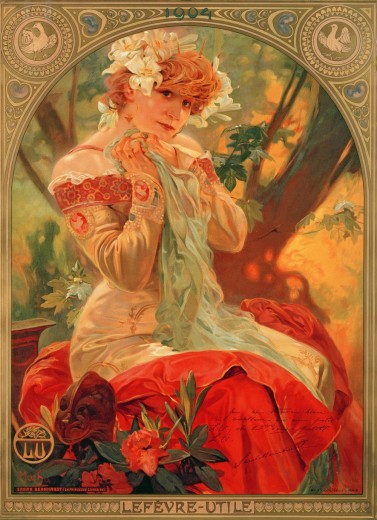Posters from ‘The Beautiful Era’ will be exhibited at Art Center of the Bluegrass
Published 11:54 am Thursday, May 1, 2025
An exhibition of art from the collections of Jonas and Julie Hurley and an anonymous local collector will be on exhibition at Art Center of the Bluegrass from May 2 through June 9 in our Museum Gallery at 401 W. Main Street in Danville, Kentucky. A reception will be held on Friday, May 2 from 4:30 to 6 pm.
“The Beautiful Era” features lithographic posters used for advertising at the turn of the 20th Century. The exhibit includes works by Alphonse Mucha, Jules Chéret, Henri de Toulouse-Lautrec, Théophile Steinlen, and Pierre Bonnard.
The Belle Epoque, or Beautiful Era, lasted in Europe from 1871 through 1914 and was a period of relative peace and prosperity between the end of the Franco-Prussian War and the beginning of World War I. It was a period of technological, cultural, and artistic innovation that saw lithographic printers making larger and more colorful prints than had previously been created.
Lithographs are prints created by drawing on a prepared flat surface, usually limestone, with a fat-based media which was then affixed to the surface of the stone. Printing involved using an oil-based ink that would adhere only to the area of the stone that had been drawn upon. Individual colors required individual plates; thus, one color lithograph could easily have used 15 different stones, one for each color.
There was an explosion of creativity using this process in Paris in the 1890s, and lithographs were created largely for commercial purposes, advertising new shows at one of the many nightclubs or theaters in Paris, or advertising much more mundane products such as cigarette papers, lighting oil, pasteurized milk, or even mustache wax.
Although these lithographic posters were created largely for advertising, they were quickly recognized as desirable works of art, and they were often removed from the walls in which they had been pasted while the glue was still wet. They remain a beautiful testimony to this era.







